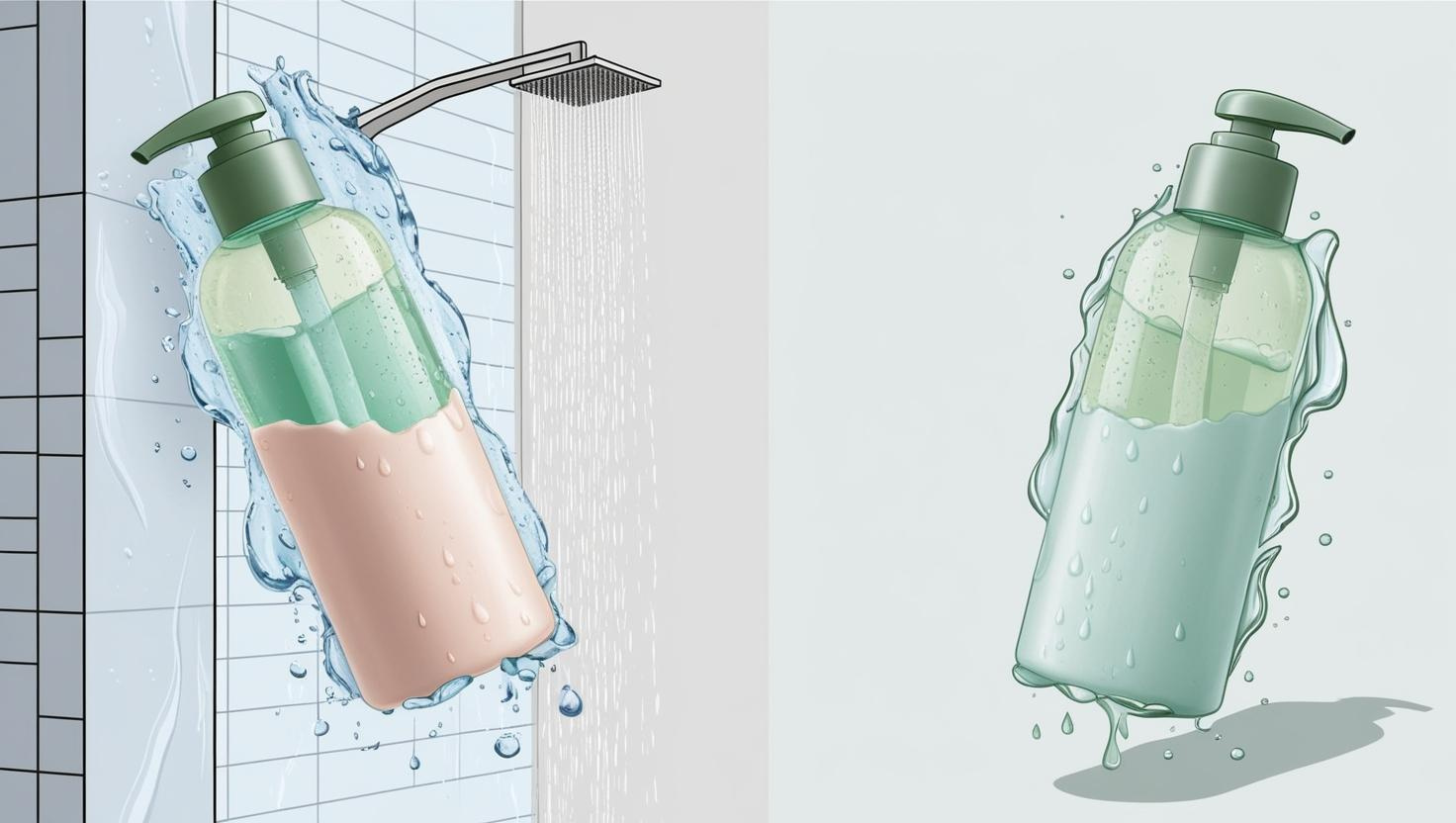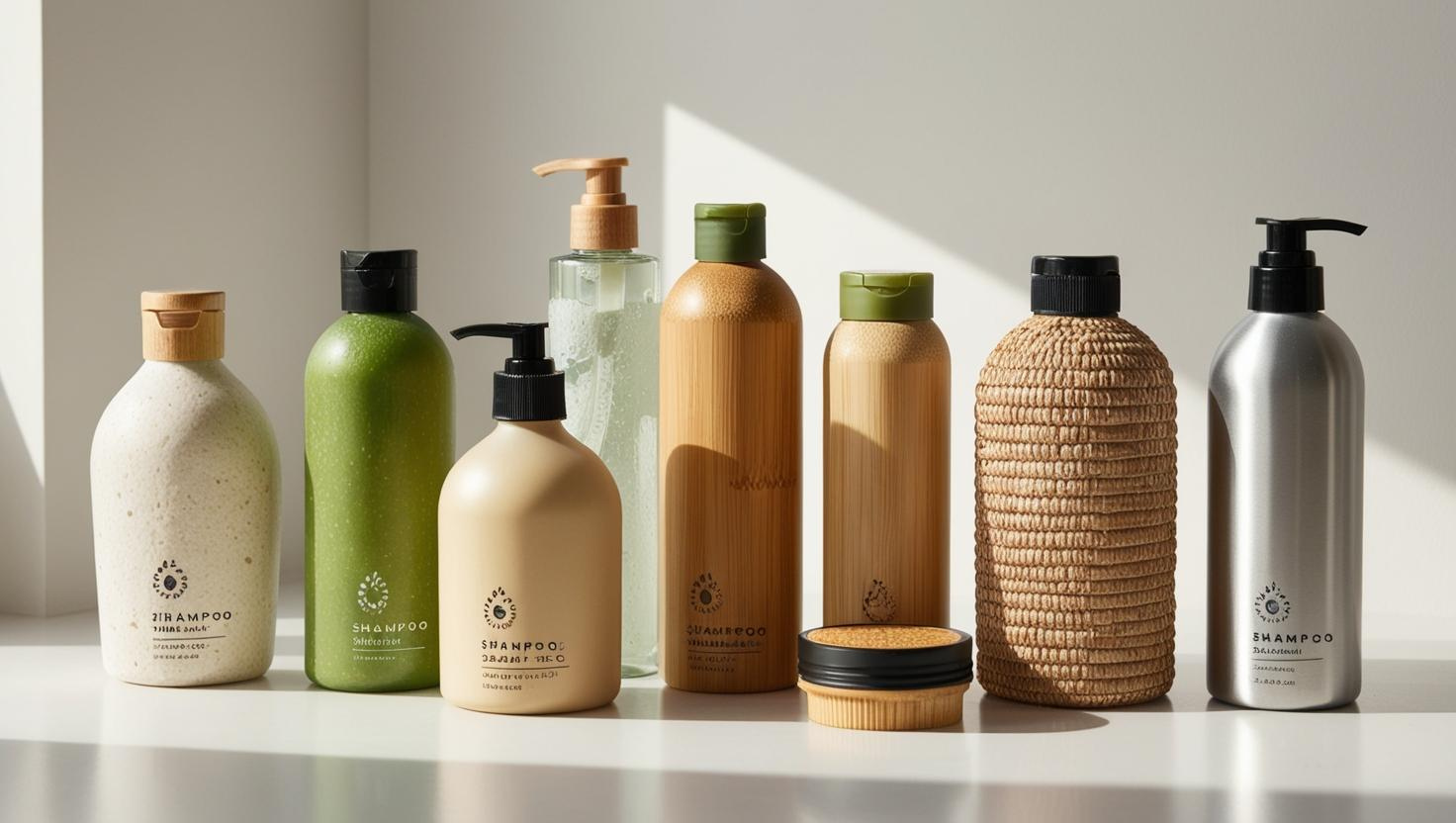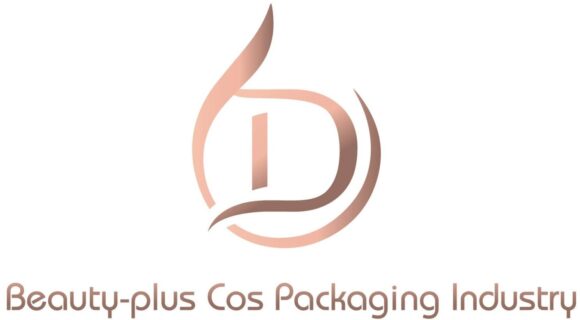
Have you ever wondered if shampoo bottles could become as eco-friendly as the soap inside them? This concept might sound unusual, but it's becoming a real innovation in sustainable packaging.
Yes, shampoo bottles can be made from soap. These unique bottles dissolve over time, reducing waste and offering a biodegradable alternative to traditional plastic packaging.
Imagine tossing your used shampoo bottle into the shower, where it gradually dissolves just like the soap it once held. It’s a small but significant step toward reducing our environmental footprint.
What material are shampoo bottles made of?
Shampoo bottles are typically made from durable plastics designed to hold liquids without leaking. But does it always have to be plastic?
Most shampoo bottles are made from HDPE1 or PET plastic2, both of which are lightweight and recyclable.

Why are plastics so popular for bottles?
Plastics like HDPE and PET are cost-effective, easy to mold, and resistant to leaks. These properties make them ideal for packaging liquids. However, the environmental impact of plastics is significant, prompting companies to explore alternatives like soap-based bottles3.
| Material Type | Benefits | Drawbacks |
|---|---|---|
| HDPE Plastic | Durable, recyclable | Non-biodegradable |
| PET Plastic | Lightweight, recyclable | Requires energy to recycle |
| Soap-based | Biodegradable, eco-friendly | Less durable, more costly |
Are there better materials than plastic?
Innovative solutions such as soap-based packaging are emerging. These materials dissolve after use, eliminating waste while maintaining functionality.
What to do with old soap bottles?
When you're done with a bottle, what's the best way to dispose of it? Recycling isn’t the only option.
Old soap bottles can be reused, repurposed, or recycled4 depending on the material.
Repurposing bottles for storage or DIY projects can extend their lifespan. Alternatively, ensure they’re properly sorted into recycling bins to prevent them from ending up in landfills.
Creative ways to repurpose bottles
- Use them as planters for small herbs.
- Create DIY storage containers for bathroom essentials.
- Turn them into fun craft projects with kids.
Recycling tips
- Clean the bottle thoroughly before recycling.
- Remove any labels to ensure proper processing.
- Check your local recycling guidelines5 to confirm the material is accepted.
What is soap packaging made of?
Soap packaging varies widely, from paper wraps to intricate boxes. For bottles, the story is a little different.
Soap packaging is often made from paper, cardboard, or plastic6, depending on the product's form and purpose.
For bar soaps, biodegradable materials like recycled paper are common. Liquid soaps require more robust packaging, often leading to plastic usage.
The rise of sustainable soap packaging
Brands are leaning toward compostable or reusable packaging. Materials like kraft paper and plant-based plastics are gaining traction.
How does this help the environment?
Switching to sustainable packaging reduces plastic waste, lowers carbon footprints, and encourages responsible consumption.
Is bar soap or bottle soap better?
The debate between bar and bottle soap is ongoing. Each has its benefits and drawbacks.
Bar soaps are generally more eco-friendly, while bottle soaps offer convenience and hygiene benefits.
Why bar soap might be better
- Less packaging waste, often biodegradable.
- Cost-effective and long-lasting.
- Fewer synthetic ingredients.
When bottle soap makes sense
- Easier to use for families or in public spaces.
- More options for specific skin needs.
- Hygienic for multi-user households.
| Factor | Bar Soap | Bottle Soap |
|---|---|---|
| Eco-friendliness | High | Low |
| Convenience | Moderate | High |
| Cost | Low | Moderate to high |
Conclusion
Shampoo bottles made from soap represent an exciting innovation in sustainable packaging. While traditional materials still dominate, exploring alternatives can drive meaningful change toward a greener future.
Footnotes
-
Learn about the properties and applications of HDPE plastic in packaging. ↩
-
Understand the recyclability and environmental impact of PET plastic. ↩
-
Explore how soap-based bottles work and their environmental advantages. ↩
-
Get tips on giving old soap bottles a second life or disposing of them properly. ↩
-
Find out how to recycle soap bottles based on local requirements. ↩
-
Discover the materials and innovations in soap packaging. ↩

